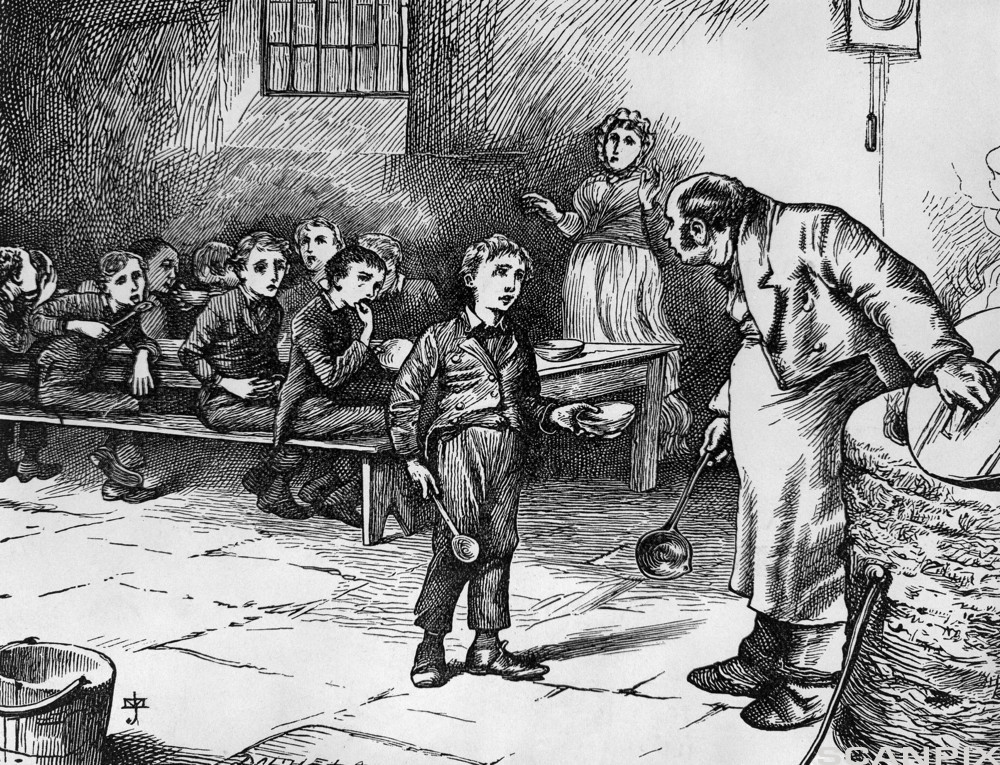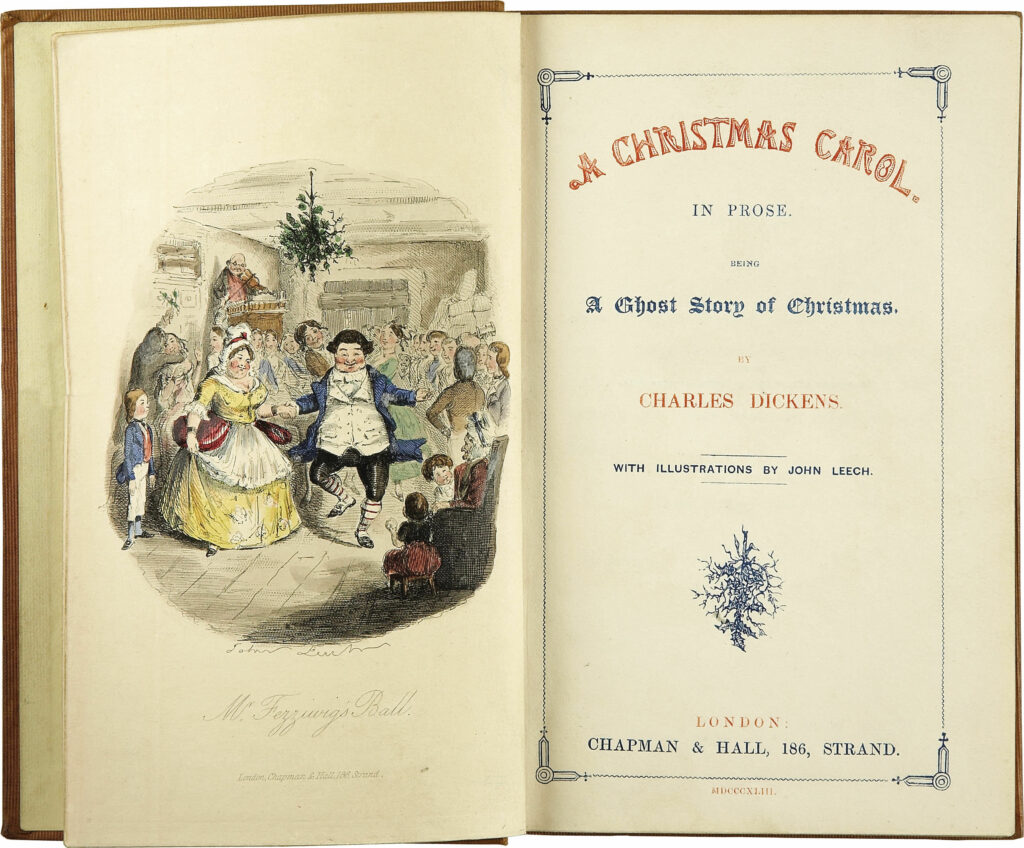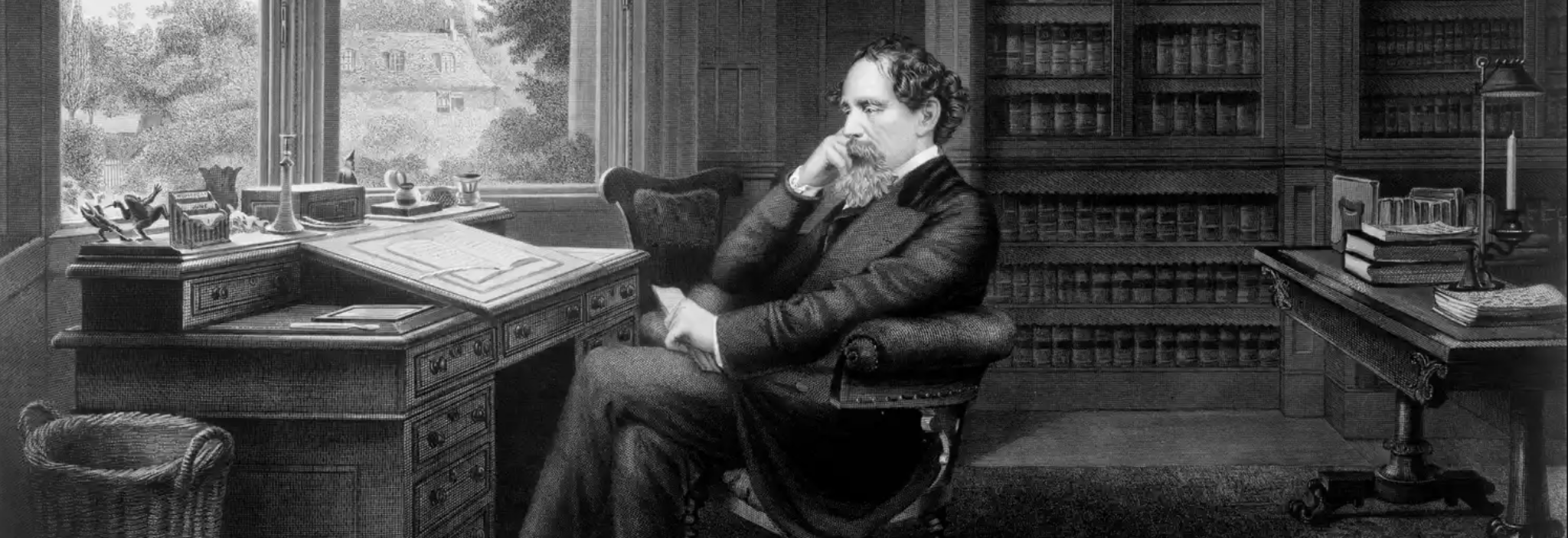In the bustling streets of Victorian London, Charles Dickens wrote his timeless tale, A Christmas Carol. Published in 1843, this novella is a holiday tradition for readers and theatre audiences alike.
The Dickensian Era: A Snapshot
The early 19th century was a tumultuous time for England. The Industrial Revolution was in full swing, transforming the nation’s economy and society. Urbanization and technological advancements led to rapid growth in cities like London. This drew people from the countryside to move to the city to seek work in factories and mills. This migration resulted in overcrowded, poor living conditions.
The differences between social classes were noticeable. The upper class enjoyed lavish lifestyles, while the lower class struggled to make ends meet. Child labor was rampant, and labor conditions were awful. Many families lived in squalor. Access to education and healthcare was close to nonexistent for the poor.

Charles Dickens focused on social class differences during the Industrial Revolution.
Dickens: A Champion of Social Reform
Charles Dickens was a writer who used his pen to shed light on the injustices of his era. He was deeply moved by the plight of the poor and the exploitation of child laborers. He experienced poverty during his childhood. His works often served as a call to action, compelling readers to confront the harsh realities of society.
A Christmas Carol was a natural extension of Dickens’ commitment to social reform. In the novella, he created a vivid portrait of the Victorian era. He drew from his experiences and observations. Through Ebenezer Scrooge, Dickens personified the harshness of those who profited at the expense of others.
The Ghostly Visits: A Reflection of Society
The ghosts of A Christmas Carol offer a unique view with historical context. Jacob Marley and the three spirits serve as a metaphor for societal reflection and change.
Marley, Scrooge’s deceased business partner, appears with heavy chains. This is a haunting symbol of the greed and selfishness that bound him in life. His restless spirit serves as a warning to Scrooge and, by extension, to society. Marley’s message is clear. Change your ways or suffer a similar fate.
The three spirits each represent a different aspect of time. They guide Scrooge through his history and the lives of those around him. They reveal his actions’ fallout and the hardships the Cratchit family faces. In doing so, these visitors challenge Scrooge—and by extension, society—to confront the impact of indifference.
Christmas as a Catalyst for Change
Christmas serves as a pivotal backdrop for Dickens’ narrative. In Victorian London’s bleakness, social divisions softened during the holiday season. Acts of goodwill and charity prevailed. The contrast between the festive spirit of Christmas and Scrooge’s miserly existence is stark. Through Scrooge’s change, Dickens underscores the potential for redemption. Scrooge’s journey from heartless to caring shows that people can break free from the chains of greed and indifference.
A Timeless Message for Modern Readers
While A Christmas Carol was written in response to the specific challenges of the Victorian era, its message is still relevant today. Dickens’ critique of social inequality, his call for empathy and compassion, and his belief in the power of personal transformation continue to resonate with readers today.
The novella reminds us of the importance of kindness, generosity, and community in a world marked by economic disparities and social injustices. It encourages us to reflect on our actions and their impact on those around us. Just as Scrooge’s redemption offers hope for a brighter future, A Christmas Carol reminds us that positive change is within our grasp.

As we immerse ourselves in the enchanting world of A Christmas Carol each holiday season, it is essential to remember the historical context that shaped this enduring masterpiece. Charles Dickens’ keen social conscience and his commitment to shedding light on the injustices of his time continue to inspire and challenge us today.
In A Christmas Carol, Dickens invites us to examine our hearts and the society in which we live. He reminds us that the spirit of kindness and compassion can transcend dark times, offering hope for a better world.








